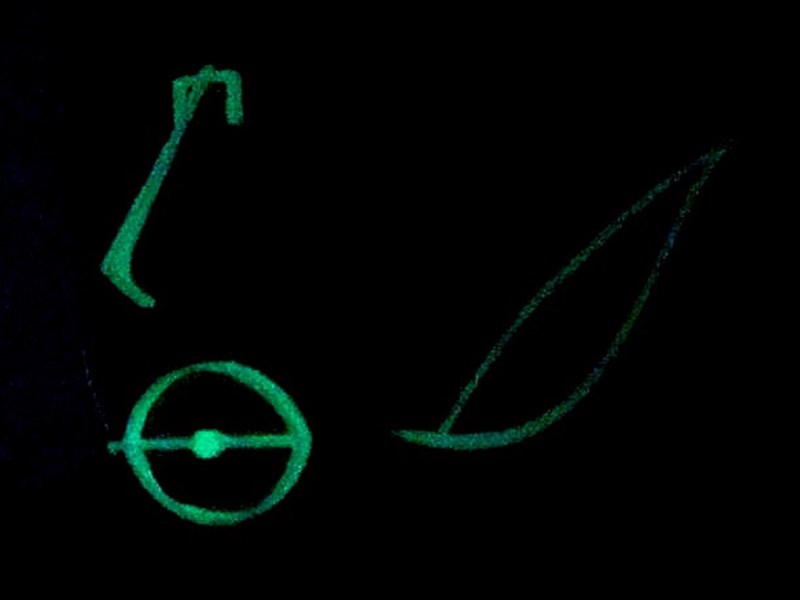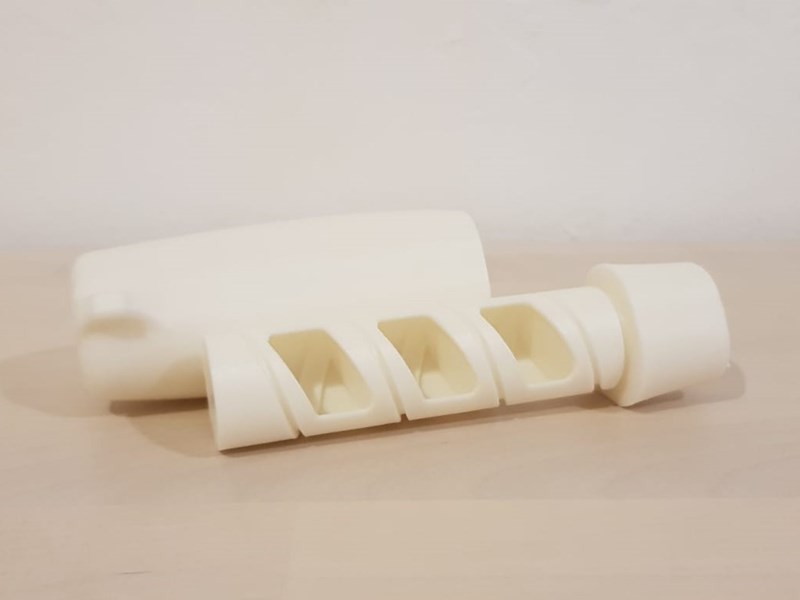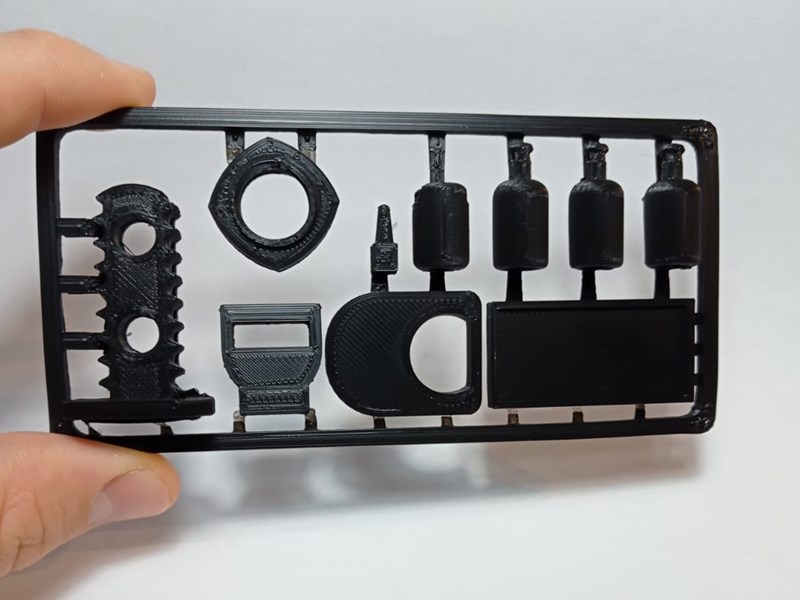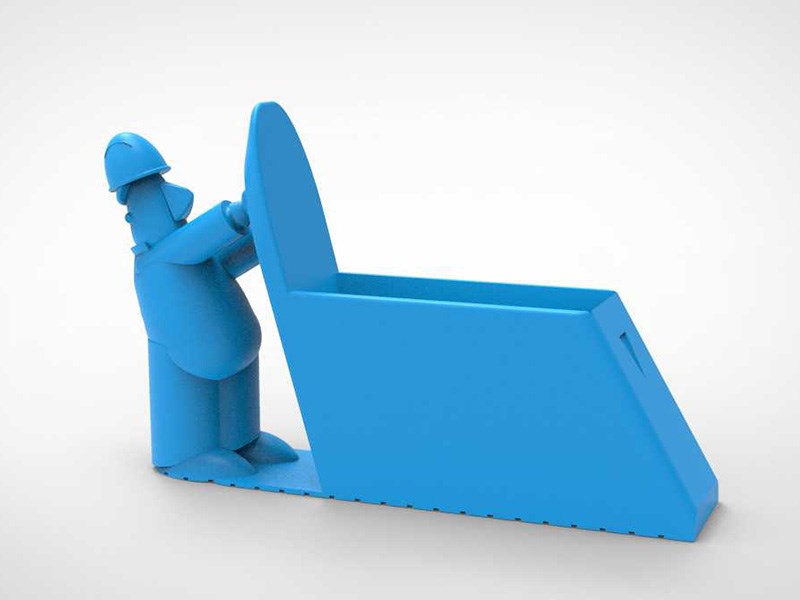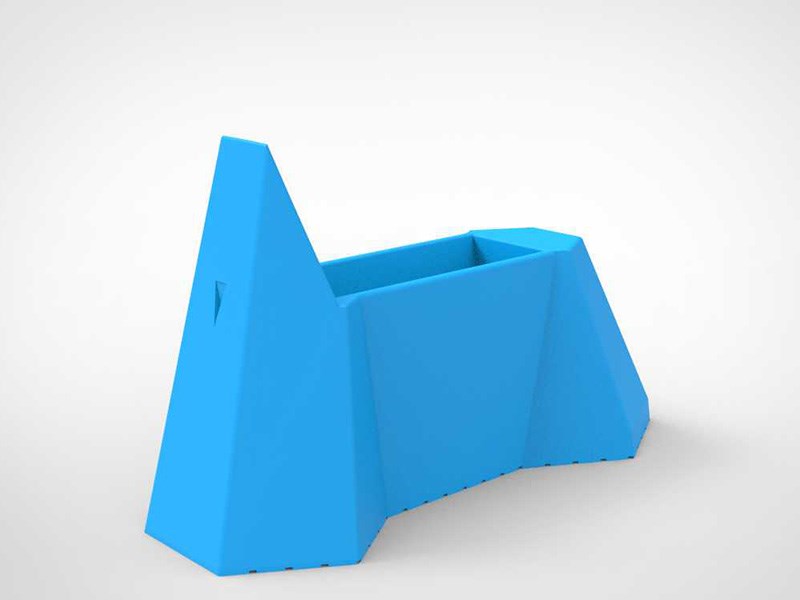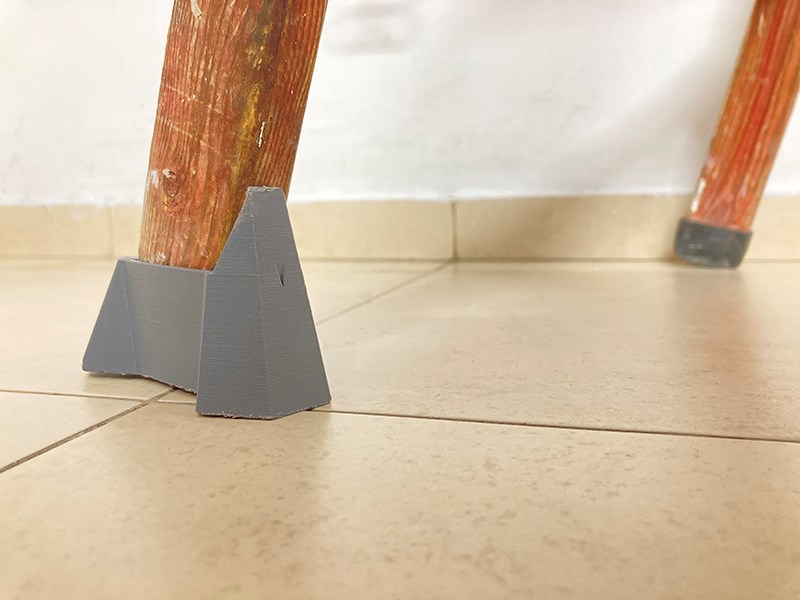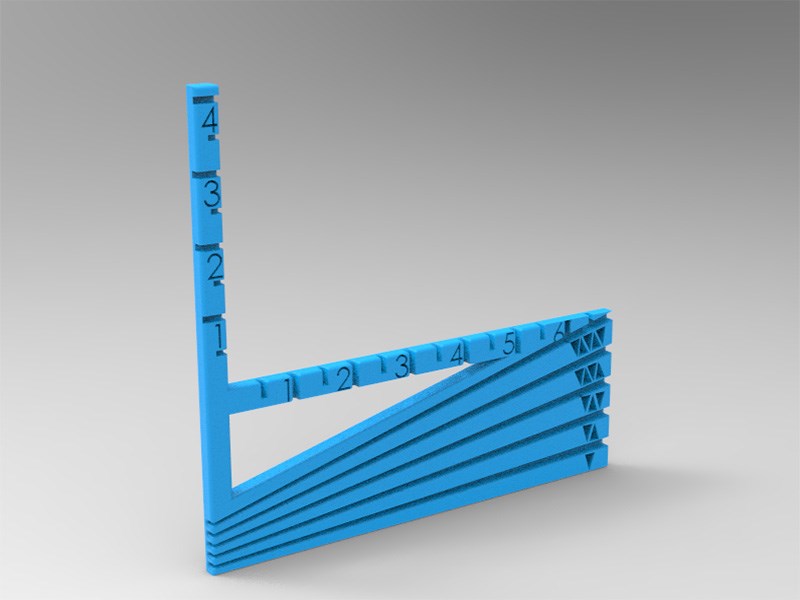About the course
Mankind's understanding of his crucial influence on the planet dictates an immediate change in the role of the designer in the early 21st century. In a world where energy and natural resources are depleted alongside the creation of long-term damage, one must ask whether design as it is taught in academia and applied in industry is part of the problem or part of the solution? Ecologically, we have reached the peak of production capabilities. This of course does not stop humanity from continuing to produce a huge number of unnecessary products that are directly harmful to ourselves and the environment. We are undoubtedly living in a regulated bubble of over-consumption in order for a handful of people to make a profit. It is a global crisis that transcends borders and cultures which continues to unfold without damage control. This bubble bursts while conducting an academic discussion on the peak of oil production, the socio-economic model collapses at once and leaves humanity looking for slightly more sane alternatives. Given the understanding of this reality, we must ask ourselves the following questions: How do we produce products, what do we produce? and for what purpose? The role of the designer, as defined in the First and Second Industrial Revolutions, is inconsistent with the moral/existential imperative in the face of the results of the environmental crisis, however, given the scope of our occupation and our position in the hierarchy as policy implementers, it is clear that we must lead to a fundamental change in consumer culture and as such that define the tools for implementing this change. In the course we will review the technologies, concepts and thought models that define the work of the environmentally conscious designer and the consequences of his work, while adopting critical and doubtful vision in order to formulate worthy products. The Third and Fourth Industrial Revolutions, industry 0.4 (including open-source hardware and software, on-line distributed automation and production on demand and production is added as a re-examination and sustainable examination), a relatively fulfilling promise (on the set of forces of production and consumption which bring with them a perceptual change in values that differs in terms of defining cultural norms or in practice the interrelationship between content creation and its consumption). In a world where ideas can be realized immediately in full accordance with the needs, desires and whims of the user, the boundaries become blurry, the Holy Trinity, i.e., the power relations between a Manufacturer | Designer | Consumer stand for a test. Local and global communities use digital manufacturing technologies through the core principles of open source in a path that circumvents centralized policy, regulation and complex logistics, thus dismantling the production and distribution facilities and fundamentally changing the political-technological relations that characterized society at the beginning of the 21st century, all this and more in the face of an ongoing environmental crisis that no one can predict the extent of its impact and implications for the future of humankind and the planet.

